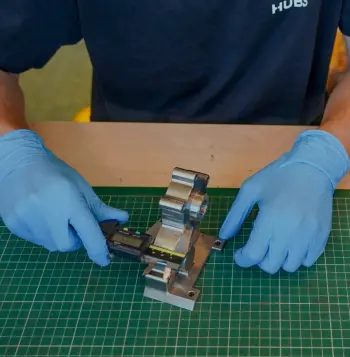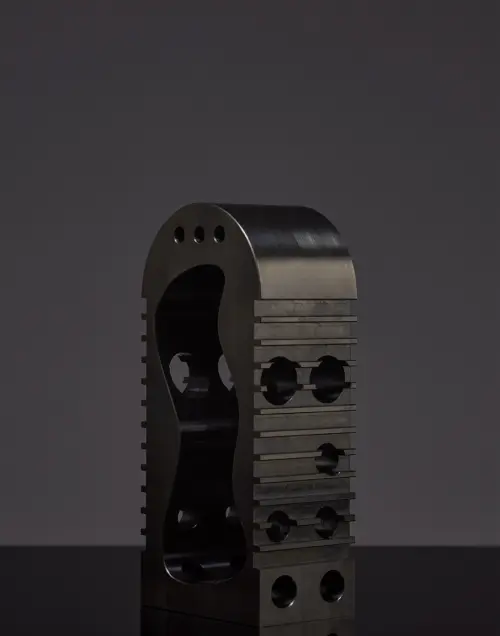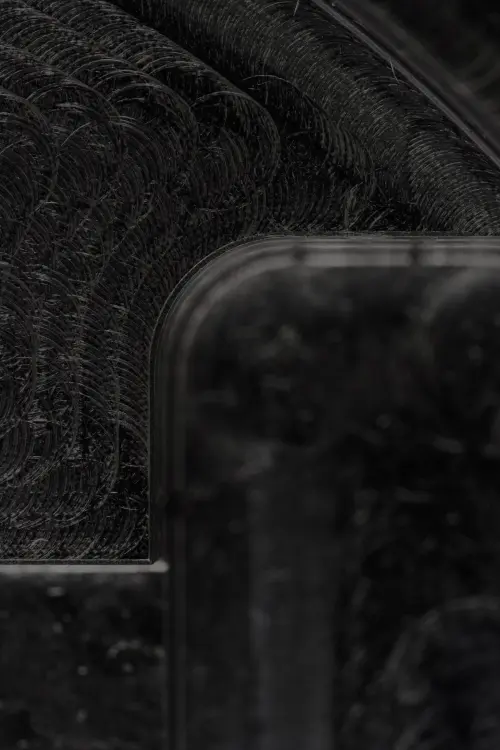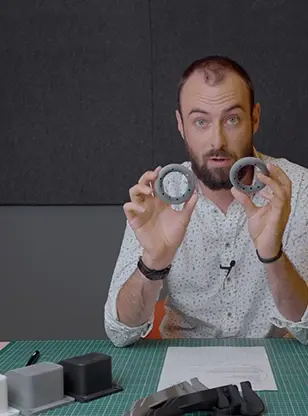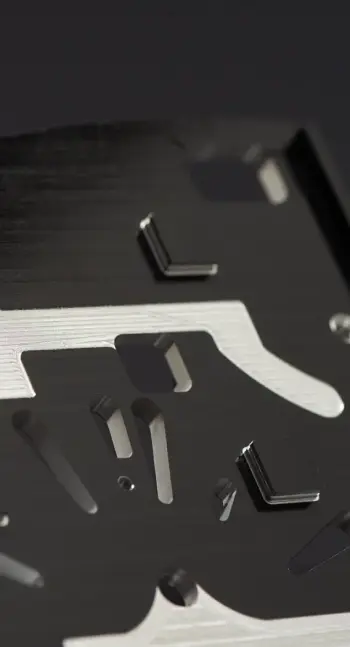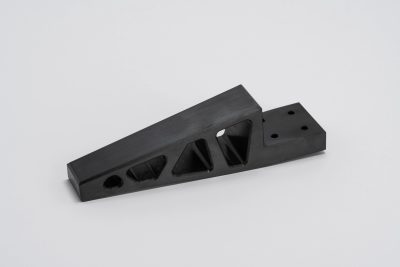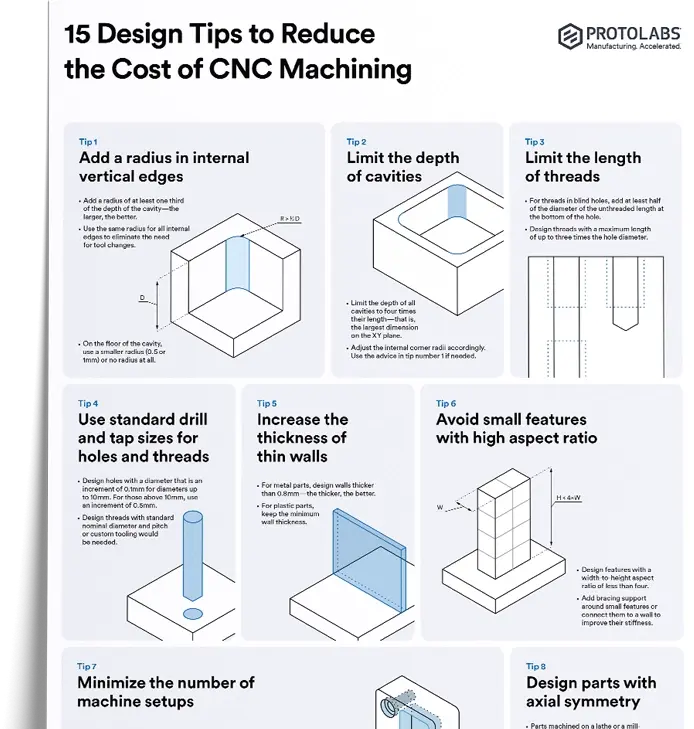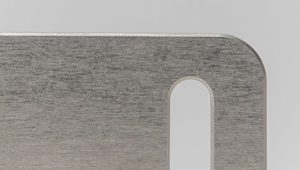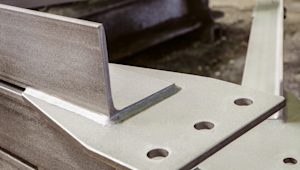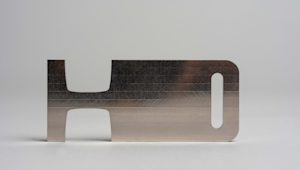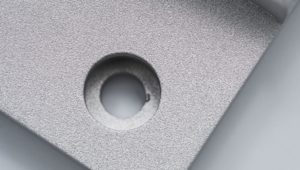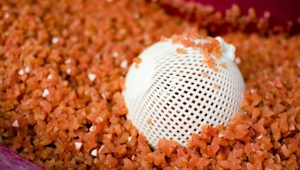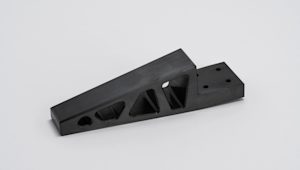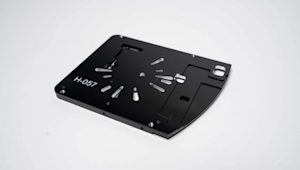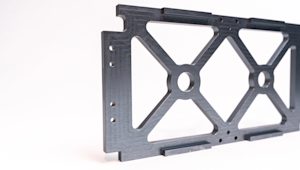Black oxide is a conversion coating typically applied to metals such as iron, steel, stainless steel, zinc, and copper. This process creates a smooth, black surface finish, enhancing corrosion and wear resistance. Black oxide coatings are widely used in industries like automotive, aerospace, and manufacturing, particularly for machinery, tools, and various metal components.
A brief history of black oxide
The origins of black oxide coating are not well-documented, but the process of blackening metals like iron and steel dates back centuries. Traditionally used by blacksmiths and metalworkers, black oxide coatings have long been recognized as an effective solution to various challenges, such as improving corrosion resistance and enhancing the aesthetic appeal of metal surfaces.
What were the early uses of black oxide coating?
-
Corrosion Resistance: One of the primary benefits of black oxide is its ability to enhance corrosion and rust resistance, significantly extending the lifespan of metal components and reducing the need for costly repairs or replacements.
-
Reduced Wear: Black oxide coatings improve the hardness and durability of metal surfaces, helping to reduce wear and tear in demanding environments, such as industrial and machinery applications.
-
Aesthetic Appeal: The smooth, matte finish of black oxide gives metal components a sleek, uniform look, making them suitable for a wide range of applications where appearance is essential.
-
Reduced Light Reflection: In functional and cosmetic applications, black oxide coatings reduce surface reflectivity, improving visibility and performance in various lighting conditions.
What is black oxide predominantly used for now?
Black oxide continues to provide valuable benefits, including enhanced durability, corrosion resistance, and low-maintenance finishes. It is commonly used in various industries for applications such as:
-
Fasteners, Hardware, and Tools: Black oxide is frequently applied to fasteners like screws, nuts, and bolts, as well as hand tools and other hardware. The matte finish not only provides corrosion resistance but also improves durability and grip.
-
Automotive and Aerospace Components: In the automotive and aerospace sectors, black oxide coatings are applied to critical parts like engine components, suspension systems, and landing gear to enhance performance and longevity.
-
Industrial Equipment: Black oxide is widely used to finish industrial equipment such as pumps, valves, and machinery. It offers a corrosion—and wear-resistant surface that enhances the reliability of these components in demanding environments.
How does black oxide work?
Black oxide coating is a multi-step finishing process designed to enhance the corrosion resistance and appearance of metal parts. The process involves immersing the part in a chemical solution, typically made of sodium hydroxide and potassium nitrate. At Protolabs Network, black oxide is applied using the following six steps:
-
Machining and Deburring: The part is first machined and deburred to ensure a smooth surface.
-
Cleaning: The part is then cleaned using alkaline solutions to remove impurities.
-
Rinsing: The part is rinsed in water to remove any leftover cleaning solution.
-
Black Oxidation: The part is immersed in a hot alkaline bath (135-145ºC) for 5 to 40 minutes, depending on its size, allowing the oxide coating to form.
-
Rinsing Again: The part is rinsed again in water to remove excess chemicals.
-
After-Finish Treatment: Finally, the part is treated with oil, lacquer, or wax to seal the oxide surface and provide added protection.
What’s the difference between black oxide and other surface finishes?
Black oxide offers distinct advantages compared to other popular metal surface finishes:
-
Aesthetics: Unlike anodizing, electroplating, and powder coating, which offer various color options, black oxide creates a unique, sleek matte black finish.
-
Durability: Black oxide is known for providing a durable, corrosion-resistant surface that often offers superior wear resistance compared to other finishes.
-
Process: Applying a black oxide finish is relatively simple and cost-effective compared to more complex finishes such as electroplating or anodizing.
Design considerations for black oxide parts
When applying black oxide coating to metal parts, consider the following important factors to ensure optimal performance:
-
Coat Thickness: The thickness of the black oxide coating varies depending on the metal type, coating method, and desired protection level. Generally, black oxide coatings range from 0.0002 to 0.0006 inches thick, with thicker coatings offering enhanced protection.
-
Use on Stainless Steel: Black oxide can be applied to stainless steel to enhance its corrosion resistance and improve its aesthetic appeal. While stainless steel is naturally rust-resistant, the black oxide coating provides added protection and a matte black finish.
Best practices for black oxide coating
To achieve the best results with black oxide coating, consider the following best practices and design limitations:
-
Complex Geometries: Parts with intricate designs or tight corners may not be ideal for black oxide coating, as achieving a uniform finish on these surfaces can be challenging.
-
Surface Finish: For optimal results, apply black oxide to parts with smooth, uniform surfaces. Rough or uneven surfaces may lead to an inconsistent coating.
-
Material Compatibility: Not all metals are suitable for black oxide coating. Metals like aluminum may not produce a high-quality finish when treated with black oxide.
-
Corrosion Resistance: Black oxide offers some corrosion resistance, but it is less effective than other finishes such as anodizing or electroplating for long-term protection.
-
Masking: Typically, masking is unnecessary since black oxide coatings don’t significantly affect part dimensions.
To produce a part with a black oxide coating, upload a CAD file for an instant quote and automatic DFM analysis. You can also read more about our black oxide service, as well as other optional surface finishes for your parts.
For further information or recommendations on finishes or materials with the right properties for your project, contact networksales@protolabs.com.
Frequently asked questions
What are the advantages of black oxide coating surface finishing?
-
Corrosion Resistance: Enhances protection against rust and extends the lifespan of parts.
-
Wear Resistance: Reduces wear and tear, improving durability in high-use applications.
-
Durability: Offers a tough surface that enhances overall part strength.
-
Aesthetics: Provides a sleek, matte black finish that improves appearance.
What are the disadvantages of black oxide coating surface as a surface finish?
-
Limited Corrosion Resistance: While black oxide provides some protection, it is less effective than other finishes like anodizing or electroplating.
-
Difficult to Repair: If damaged, black oxide coatings can be challenging to repair or touch up, affecting the part’s appearance and performance.
Which industries use black oxide coating?
Black oxide coating is commonly used in the following industries:
-
Automotive (e.g., fasteners, engine parts)
-
Aerospace (e.g., landing gear, engine components)
-
Manufacturing (e.g., machinery, valves, industrial tools)
Why should you choose black oxide-coated products?
Black oxide-coated products offer improved corrosion and wear resistance and enhanced aesthetic qualities, making them ideal for durable and visually appealing parts.
Is black oxide coating expensive? How do you cut costs on black oxide coating?
Due to its relatively simple process, black oxide coating is generally more affordable than other surface finishes. To further reduce costs, consider batch production or using thinner coatings.
What are the most common applications of black oxide coating?
Black oxide coating is commonly used on automotive and aerospace parts, tools, fasteners, industrial equipment, and firearm components.
